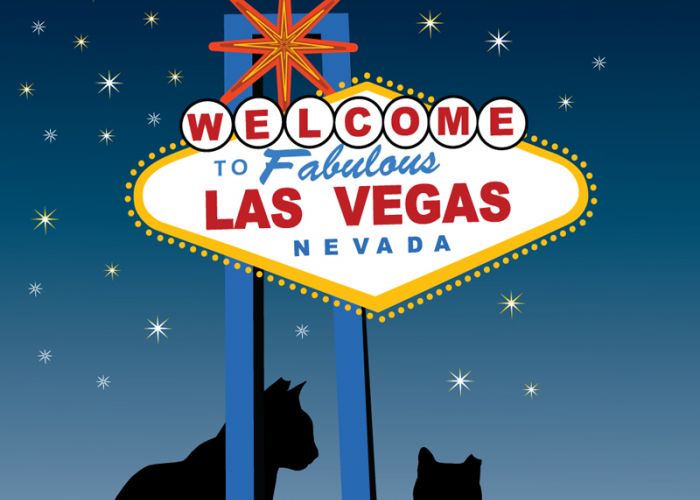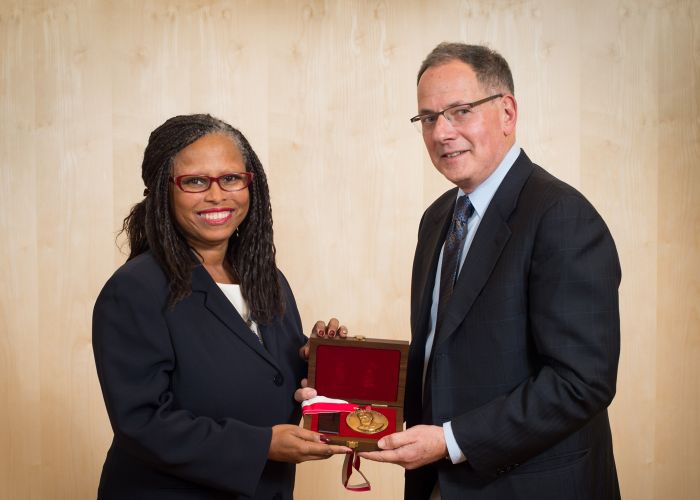Hope for fragile kittens
Applying an innovative model, rescue groups partner with shelters to save sick and underage kittens
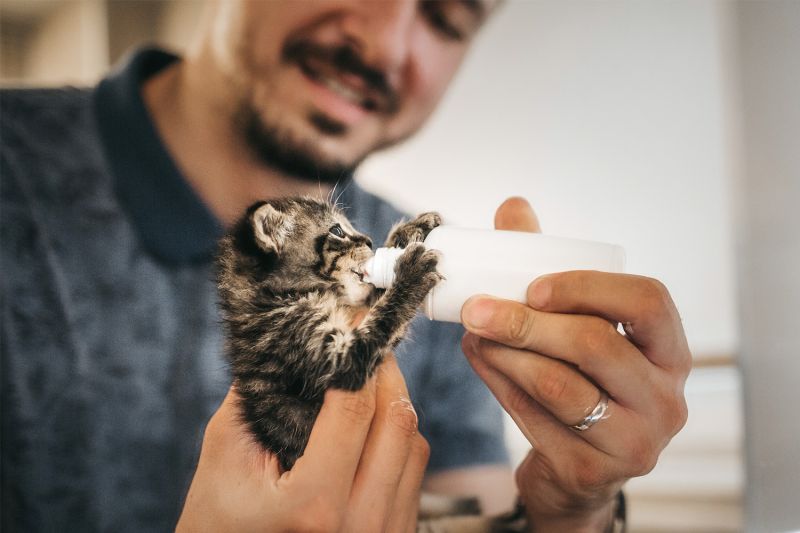
Pandora was just 2 weeks old when she arrived at the Franklin County Animal Shelter in Louisburg, North Carolina, earlier this year. The tiny orphan was underweight and suffering from severe conjunctivitis and upper respiratory infection. To have any chance of survival, she would need medical treatment and round-the-clock care.
Shelter staff reached out to Laura Zurawski, co-founder of Hope’s Animal Kingdom Cat Rescue. Later that day, Pandora was in Zurawski’s home, napping in an incubator designed for small animals requiring intensive care. For the next few weeks, the tiny kitten would need bottle feedings every two hours, oral antibiotics twice a day and eye medications four times a day.
Previously, during the years she’d worked as a traveling nurse, Zurawski came across several sick kittens like Pandora in the communities where her job took her. She brought them home and nursed them back to health. She frequently saw online posts from people who’d found underage or sick kittens and didn’t know how to care for them.
Zurawski and her husband, Marc, founded Hope’s Animal Kingdom in 2021 in memory of their beloved dog, Hope. They originally envisioned a rescue organization that would serve dogs and cats but later realized they didn’t have the capacity to do both.
In 2023, the nonprofit took on a new focus: saving vulnerable kittens. “With nursing as a background, I figured this was an area where we could really help,” Zurawski says.

Finding solutions for a high-risk population
Underage kittens (commonly referred to as bottle babies or neonates) are one of the most challenging populations shelters deal with, says Lindsay Hamrick, director of shelter outreach and engagement for the Humane Society of the United States.
Even well-funded organizations with kitten nurseries and robust foster programs may lack the space, time and financial resources to care for this fragile group. This reality can force shelters to make some heartbreaking choices: selecting the kittens who have the best chances for survival and euthanizing the rest.
In recent decades, the animal welfare field has tackled the problem from multiple angles. High-quality, high-volume spay/neuter clinics and trap-neuter-return programs help stem the tide of kittens flowing into shelters and rescues. Public outreach materials help prevent kittens being separated from their moms by people who find young kittens and assume they’ve been orphaned. Innovative community programs offer supplies and coaching to enable kitten finders to act as kitten foster caregivers. Organizations such as the National Kitten Coalition and Kitten Lady provide training and resources on kitten care for laypeople, rescues and shelters alike.
Among the latest innovations in kitten lifesaving is Saving Kittens in Partnership, a model for rescue groups that specialize in caring for high-risk kittens. The SKIP model was pioneered in 2019 by Newborn Kitten Rescue in Scottsdale, Arizona, in response to the struggles its local shelters faced in caring for this population.
Newborn Kitten Rescue built a network of foster volunteers and trained them to care for bottle babies and other vulnerable kittens from local shelters. Once the kittens were healthy and old enough, they returned to the originating shelter for adoption, enabling the rescue’s foster caregivers to focus on restoring more kittens to health.
When Hamrick learned about the model, she was impressed—not just by the number of kittens Newborn Kitten Rescue was able to save (more than 800 to date), but by the way it partnered with local shelters to fill a specific need.
“We love when organizations are strategic about what they’re going to focus on,” she says. “A shelter can have a variety of programs but be struggling in certain areas like the care of neonatal kittens. By talking with their local shelter to find out what the greatest need is, a rescue group can have a much greater impact than if both organizations worked in silos.”
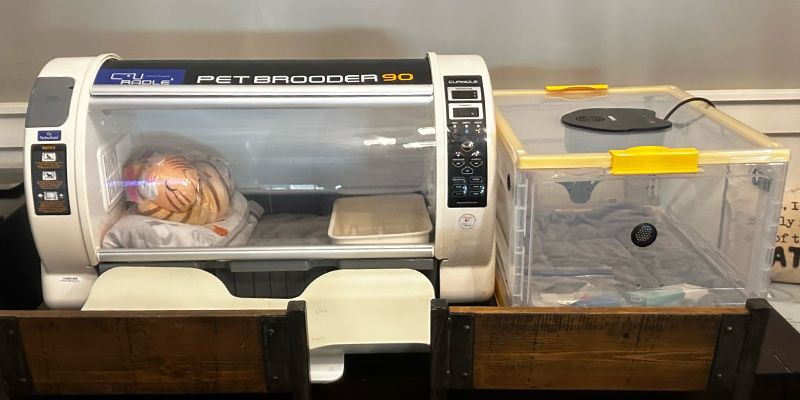
Spreading a lifesaving model
To introduce the SKIP model to more communities, the HSUS started collaborating with Newborn Kitten Rescue and the National Kitten Coalition. With funding from an anonymous donor, they produced the Saving Kittens in Partnership toolkit. Published in 2022, the toolkit provides a step-by-step guide for operating a SKIP-type program, covering everything from fundraising to basic foster care supplies.
Last year, the three organizations hosted webinars and in-person trainings on the SKIP model, and they invited nonprofits to apply for a $4,000 grant and a yearlong mentorship with Newborn Kitten Rescue. Out of about 30 applicants, Hope’s Animal Kingdom was selected in late 2023.
Zurawski used part of the grant funds to purchase an oxygen concentrator and a high-end incubator—equipment that has been instrumental in saving many neonates, she says. Through the mentorship, her team learned better intake protocols and tips for strengthening relationships with partner shelters.
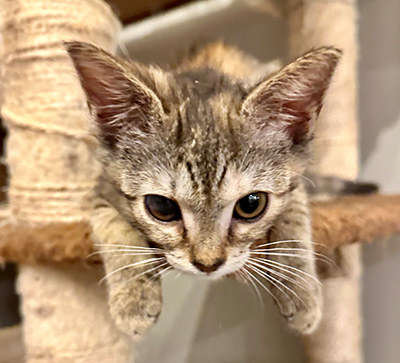
Now retired from her paid job, Zurawski is focused on building her group’s capacity. The young nonprofit currently has six foster volunteers, and Zurawski recently taught a workshop on bottle-baby care for volunteers at her county shelter. In the future, she hopes to introduce the SKIP model to other rescue organizations.
Some of the most valuable lessons her team learned through the mentorship with Newborn Kitten Rescue involved strategies for recruiting, training and supporting foster volunteers, Zurawski says. Dealing with a high-risk population can be scary and emotionally grueling. By the time they come into Hope’s care, many kittens are in bad shape. Invariably, there are those who, despite all efforts, don’t make it.
“Never think you’re by yourself,” Zurawski tells her foster volunteers. “You have me and everyone else in the organization to hold your hand, to cry and laugh together.”
But most kittens do survive, and they all deserve that chance, says Zurawski, who has learned to focus on the successful cases. One such success story: Pandora, who came to Hope’s with a slim chance of survival, is now a teenager thriving in her adoptive home.



